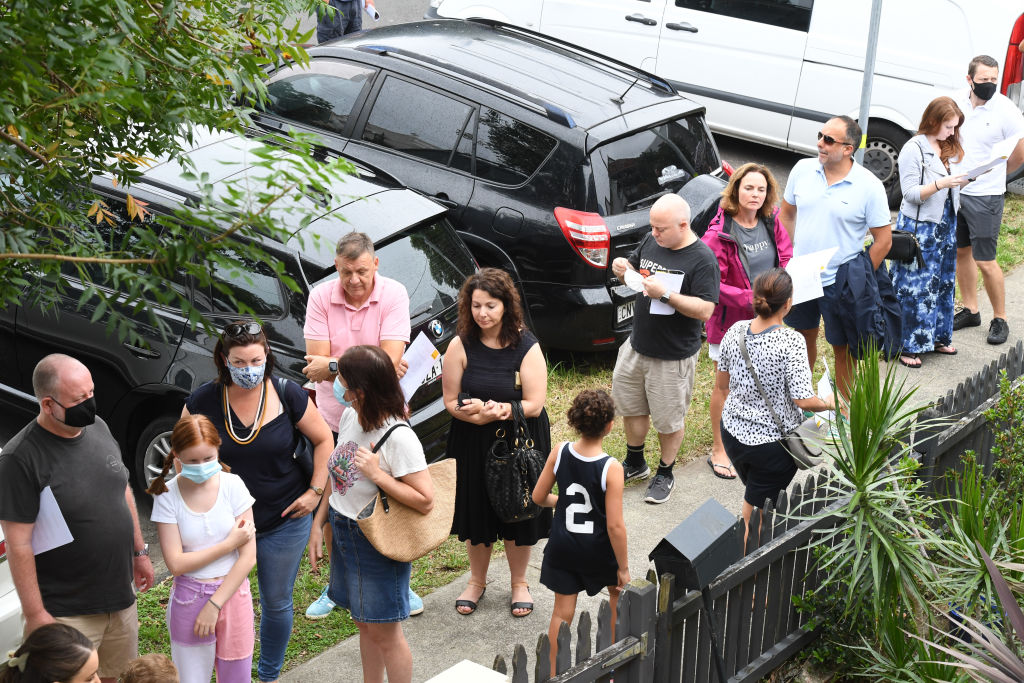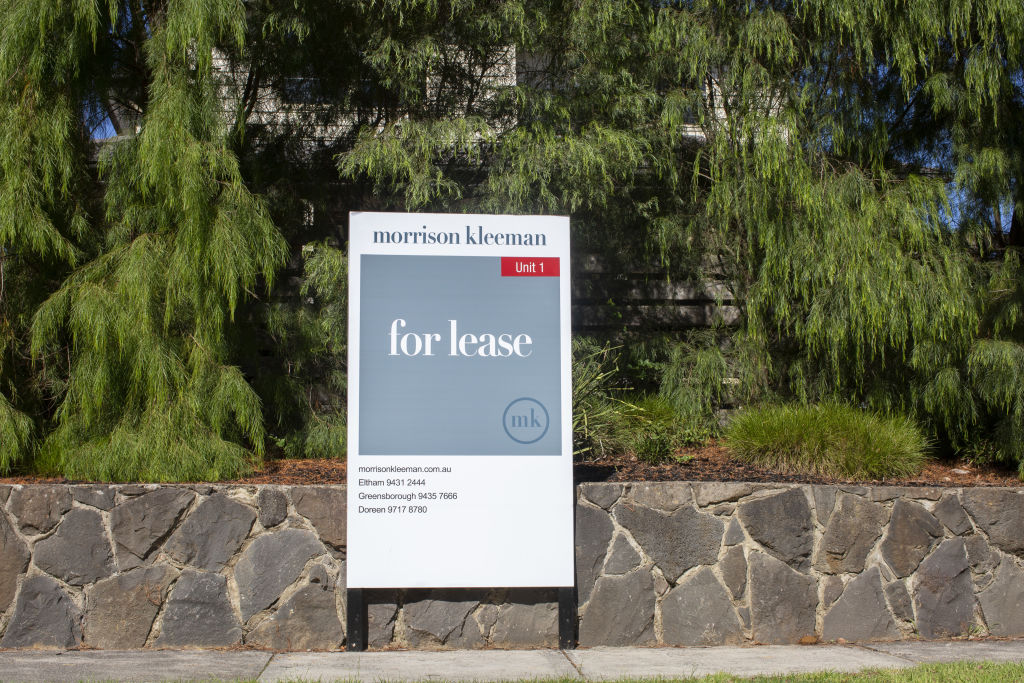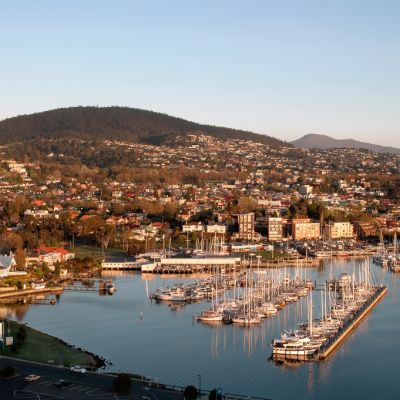
Two-speed rental market: Tenants offer up to $100 more a week to secure properties as moratoriums lift
Tenants in some capital cities are offering up to $100 a week in extra rent to secure sought-after rental properties, as eviction moratoriums end amid the country’s two-speed rental market.
Some landlords are also taking the opportunity to raise their asking prices as crisis-era bans on rent hikes expire.
Although tenants are in the driver’s seat in major capital cities such as Sydney and Melbourne – which were hit hard by the loss of international students and with elevated rental vacancy rates of 3 per cent and 4.6 per cent respectively in March – elsewhere, options are few and far between with dozens of prospective renters turning up to open homes.
At the height of the pandemic last year, states and territories in Australia implemented bans on evictions and freezes to rental increases to safeguard tenants affected by COVID-19 as incomes dried up and job losses rippled throughout the country.
A year on, the health situation has improved with many returning to work and each jurisdiction either easing rental safeguards or lifting them entirely.
In Perth, tenants are offering anywhere from $30 to $50 and even up to $100 extra per week in their rental applications to secure a home due to the shortage of rental properties, according to Arena Real Estate Agents leasing consultant Joe Hotchin-Lott.
It comes as the city’s rental vacancy held at a tight 0.7 per cent in March, Domain data shows.
Rentals in the suburbs are being snapped up in five days on average and 18 days in the inner-city, Mr Hotchin-Lott said.
Landlords have been able to increase rents in Western Australia since March 29, and Mr Hotchin-Lott said many tenants were opting to renew their lease, agreeing to rental increases because there were so few homes to choose from.
“When you have that 12-month block [on rent rises], we’re seeing those rent increases appearing in large blocks,” he said. “Normally you can budget for a $20 or $30 increase but when you see a $50 increase people are getting a bit scared.”
Travel bans have also added pressure to Perth’s rental market, with mining companies requiring traditional FiFo workers to stay put rather than paying for two-week quarantine costs, he said.
“I’ve seen people offer $50 or $100 more to secure a place. A lot of people are begging at home opens. I do feel for them … unfortunately, I have a job to do.”

In Hobart, the city has been plagued with high asking rents and few homes to choose from for years as many rental properties were turned into short-stay accommodation to cater for Tasmania’s booming tourism.
But that changed last year due to the pandemic as the market was “flooded with fully furnished properties” that were converted back into long-term rentals so landlords could avoid losses, according to Bec MacGregor, head of property management at Ray White Hobart.
Despite the rise in supply, strong demand from newly arrived and cashed-up mainlanders meant many landlords opted to keep their properties on the long-term market because it was easier to secure rental income than short-term lets.
“It is really hard for local renters … people move down here on really good incomes. People who live [locally] can’t afford the rents down here,” Ms MacGregor said.
Since the moratorium was lifted, some landlords have taken advantage of raising rents while others decided against taking action.
“As soon as that [moratorium] was lifted on February 1 the [landlords’] expectations were that their rents should be increased,” she said. “I’ve had a couple of other owners who have said people are still trying to find their feet so we will look at rent increases next year.”
Hobart’s vacancy rate has tightened in the past month to just 0.4 per cent in March, down from 0.6 per cent in February.
In Canberra, the combination of returning DFAT personnel from overseas and various embassy staff extending their leases was squeezing the availability of rentals, Purnell’s head of property management Brie Purnell said.
The city’s vacancy rate tightened to 0.7 per cent in March, down from 0.9 per cent in February.
But a strong jobs market in the national capital meant many tenants have barely felt the same pinch, said Ms Purnell, who leases inner-city properties.
“What [was] probably the strangest part of our experience in Canberra is it seemed to be business as usual,” Ms Purnell said. “We do feel quite insulated from the bigger consequences of COVID.”
Only a fraction of tenants required a rent reduction during COVID-19, Ms Purnell said, adding the easing of Canberra’s rental moratorium barely made a difference to many well-off tenants.
“The majority of our tenants are public servants as a result of parliament house and government departments around these inner suburbs,” she said. “ A lot of our tenants’ employment remained quite secure.”


